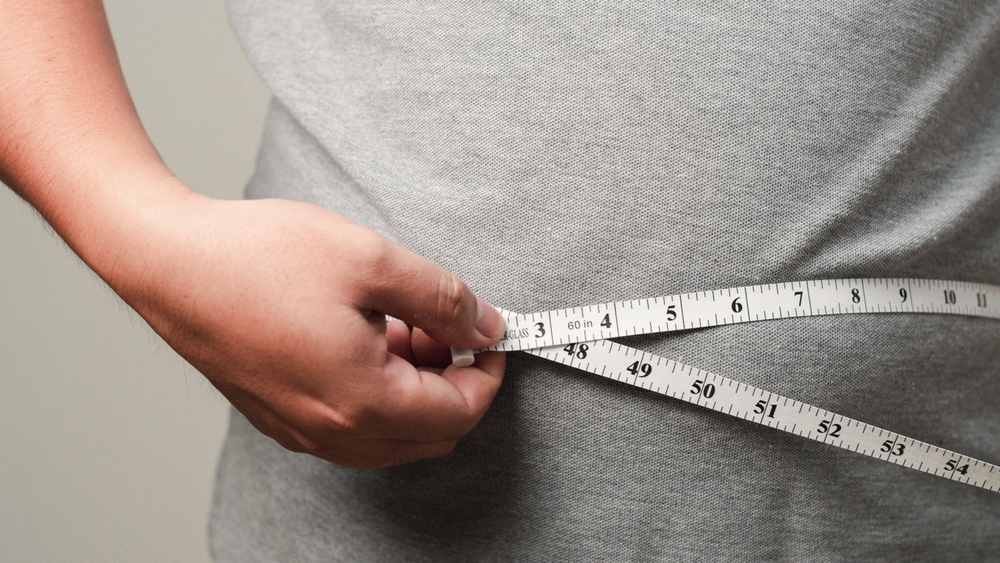Aerodynamics significantly affects cycling speed, especially above 20 mph. Small changes to position and equipment can save substantial energy at minimal cost.
Quick Answer: Rider position creates 70-80% of total aerodynamic drag. Lower your torso, narrow your frontal area, and keep elbows tucked. Aero gains from position changes exceed expensive wheel or frame upgrades. Free improvements beat $5,000 equipment upgrades.
Why Aerodynamics Matters
Air resistance increases exponentially with speed. At 15 mph, wind resistance accounts for 50% of energy expenditure. At 25 mph, aerodynamic drag consumes over 80% of your power output. Reducing drag means going faster for the same effort or maintaining speed with less energy.
Drag Sources by Percentage
- Rider position: 70-80% of total drag
- Bike frame: 10-15% of total drag
- Wheels: 5-10% of total drag
- Accessories and clothing: 5-10% of total drag
Position Optimizations
Lower your torso to reduce frontal area. Drop from hoods to drops on flat sections and descents. Bend elbows and tuck them inward rather than flaring wide. Rest forearms on handlebars for long flat sections.
Narrow your stance by keeping knees tracking straight rather than bowing outward. Some riders benefit from slight inward knee positioning during pedaling.
Equipment Choices
Tight-fitting clothing eliminates fabric flapping in wind. A well-fitted jersey saves more watts than most equipment upgrades. Aero helmets reduce drag significantly—testing shows 30-60 second savings over 40km compared to standard helmets.
Deep-section wheels provide measurable benefits on flat courses. Aero frames offer marginal gains but cost thousands. Focus on position and clothing first—they provide better value than frame upgrades.
Testing Your Aerodynamics
Wind tunnel testing reveals exact drag numbers but costs hundreds of dollars. Field testing works well for comparing positions. Ride a measured flat course in both directions at steady power, then compare average speeds.
Power meters help quantify aero improvements. If you maintain the same watts at higher speed after position changes, you’ve reduced drag successfully.
Balancing Aero with Comfort
Aggressive aero positions become uncomfortable on long rides. Find sustainable positions you can hold for hours rather than extreme positions that force you upright after 20 minutes.
For recreational riding, modest position adjustments provide aero benefits without sacrificing comfort. Save extreme positions for time trials and flat races where aero advantages outweigh comfort concerns.




Leave a Reply